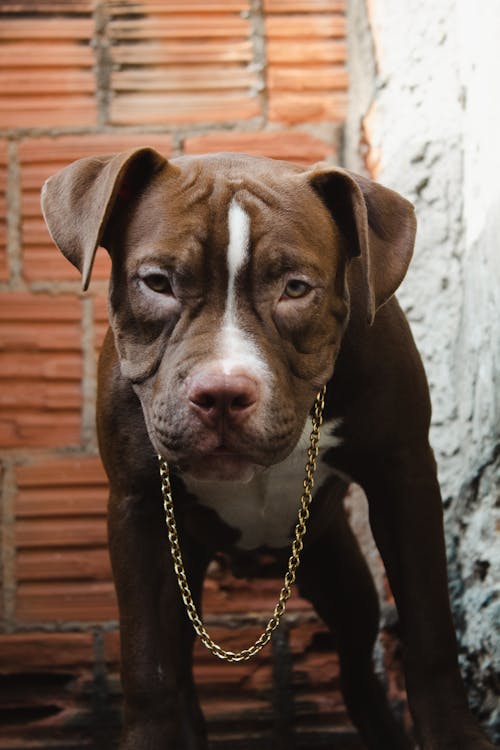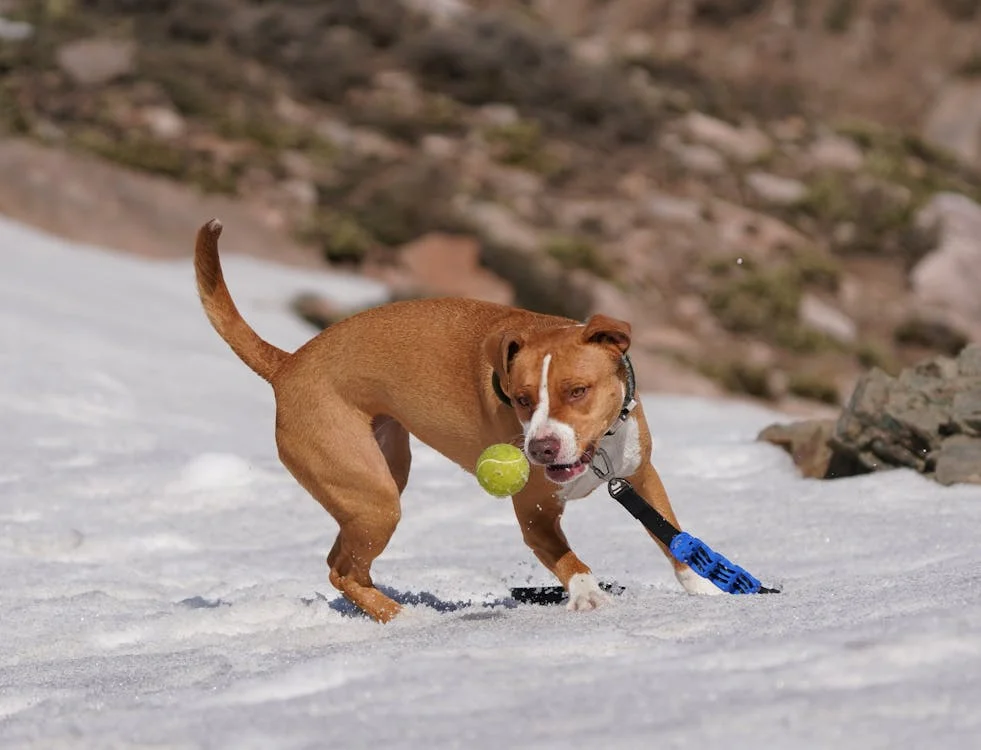Are Pitbulls Easy To Train? As a pitbull owner myself, I can say that the stereotype of them being stubborn and tough to train is simply not true in my experience.
My Pitbulls so eager to learn everything I’ve taught her. She loves working with me during our training sessions and we’ve bonded closely through positive reinforcement.
I think part of the myth comes from pitbulls being a high energy, muscular breed. They do need firm, confident leadership. I’ve found pitbulls pick up commands that you can follow.
Are Pitbulls easy to train?
Despite Pitbulls tough reputation, Pitbulls are actually very intelligent and eager to bond with their humans. With the right understanding and technique, they can easy to train.
Whether you’re new to dogs or an experienced owner, there are simple steps to follow to build a strong relationship with your Pitbull through positive reinforcement. Make training fun by using their favorite toys or treats.
How to train a Pitbull

Here are some tips for training your Pitbull dog from an early age.
Start Young
Like all breeds, Pitbulls learn best when training starts as puppies. Between 8-16 weeks, they absorb social and behavioral lessons. Establish yourself as pack leader through gentle guidance. Crate training helps with potty training and prevents destructive behavior as they mature.
Positive Reinforcement
Use rewards-based training to build confidence and a strong bond. Whenever your Pitbull does something good, praise them lavishly with affection and treats.
This associates positive behavior with happy experiences. Never use physical punishment, which risks damaging the relationship and making training stressful.
Give Clear Commands
Be consistent and keep lessons simple, repeating short commands like “sit” paired with a hand signal. Reward instantly when obeyed to reinforce the connection between words and actions. Praise and treats keep them motivated to learn. With maturity, phase out material rewards.
Socialize Well
Early socialization before 12 weeks prevents fear-based reactivity later on. Gradually expose your puppy to different people, places, animals and experiences in a positive manner. This teaches them that the world is not a fearful place. Ongoing socialization is important as they develop.
Exercise Daily
Pitbulls need at least 30-60 minutes of exercise per day split into walks, play time and mental stimulation like learning tricks or toys. Well-exercised dogs have fewer behavior issues and bond strongly with their owners. Provide outlets for their energy to direct it into approved activities.
Train Continuously
Pitbulls are intelligent and may quickly lose focus without regular short training sessions. Review basic commands and practice new skills every day to keep mental stimulation high. Train in different locations too, to maintain attention and prevent cues becoming place-dependent.
Manage Interactions
Until training is complete, restrain your Pitbull on a leash when meeting people or in public locations so you can monitor reactions. Correct undesirable behavior with gentle cues rather than punishment. Praise calmness to encourage emotional control in their powerful jaws.
How to train pitbull not to be aggressive
- Socialize the puppy widely between 8-16 weeks when they’re most accepting of new experiences.
- Enroll in puppy obedience classes to teach basic commands while socializing with other dogs and people.
- Control interactions and reward calm greetings to encourage polite social skills.
- Redirect mouthing or other unwanted behaviors to toys and praise alternatives to discourage issues.
- Meet their exercise and mental stimulation needs through interactive play to curb pent up energy that could lead to problems.
- Use positive reinforcement training consistently to build a strong bond of trust and establish respectful leadership from a young age.
How to train a pitbull puppy basic commands
Pitbulls Dogs are highly intelligent that focus more on positive reinforcement training. With patience and consistency, you can teach your Pitbulls puppy by these basic obedience commands.
Choose Your Commands
Start by focusing on five essential behaviors:
- Sit
- Come
- Stay
- Down
- Leave It
These lay the foundation for polite interactions and safety. Use the same word and hand signal each time.
Use Positive Reinforcement
Pitbulls, like all dogs, learn best through positive association. Build trust and engagement by using high value treats and praise to reward desired behaviors during training sessions. This way, they come to enjoy learning.
Keep Training Fun and Short
- Limit sessions to 5-10 minutes to keep your puppy’s attention. Longer allows them to get distractable or bored.
- Practice in short bursts throughout the day for better retention vs one long session.
- Make sure training is a positive experience with treats, praise and play to associate it with good things.
Teach Basic Obedience
- Sit: Lure them into position with a treat, reward and praise when their hindquarters hit the ground.
- Down: Lure them gently into lying by moving treat from nose to floor. Reward and release.
- Stay: Practice short duration stays and built up over time before rewarding and praising.
- Come: Make sure off leash in a secure area. Call them enthusiastically and reward with pets and treats when they arrive.
Practice Makes Dog Obedient
- Repeat each command 10-15 times per session.
- Practice in different locations and contexts, with distractions.
- Intersperse drills during play, walks and meals.
- Always end on a positive note. Keep them motivated to learn more!
how to train a pitbull puppy not to bite
Puppies naturally explore the world with their mouths. It’s important to redirect this biting behavior to appropriate chew toys. Whenever your Pitbull puppy bites you, even gently, immediately replace your hand with a toy and praise interest in chewing that instead.
More importantly Puppies bite more when bored, teething or overstimulated. Provide adequate physical and mental exercise daily through walks, training sessions, puzzle toys and play. This fun outlet helps redirect natural nibbling tendencies.
When biting becomes too much, put your puppy in their crate with a chew toy. This teaches them that biting results in losing attention. It also gives your hands a break. Praise and treat when they settle to reinforce the behavior.
Are pitbulls good dogs for beginners?
Pitbulls can be great dogs, but they may not be the best breed for true beginner dog owners. Here are a few things to consider:
- Pitbulls are large, strong dogs that require an owner who can handle their physical strength. Untrained or unintentionally rough play could result in injury.
- As a terrier breed, pitbulls tend to be more stubborn and independent than other breeds. This requires an owner who can firmly and consistently train them through positive methods.
- Proper socialization is crucial for any dog, but especially important for powerful breeds prone to fears/sensitivities. This takes work from a knowledgeable owner.
- Pitbulls are high energy dogs. Owners need to commit to daily exercise, play, mental stimulation and training to keep them balanced.
- Breed stigma means pitbull owners must be advocates for responsible ownership able to handle potential breed restrictions or public misunderstandings.
- While very smart and eager to please, pitbull training requires patience, as they can be stubborn without proper leadership and handling techniques.
- First time owners are best starting with a lower energy, less bulky breed with easier trainability to build their skills before a pitbull.
